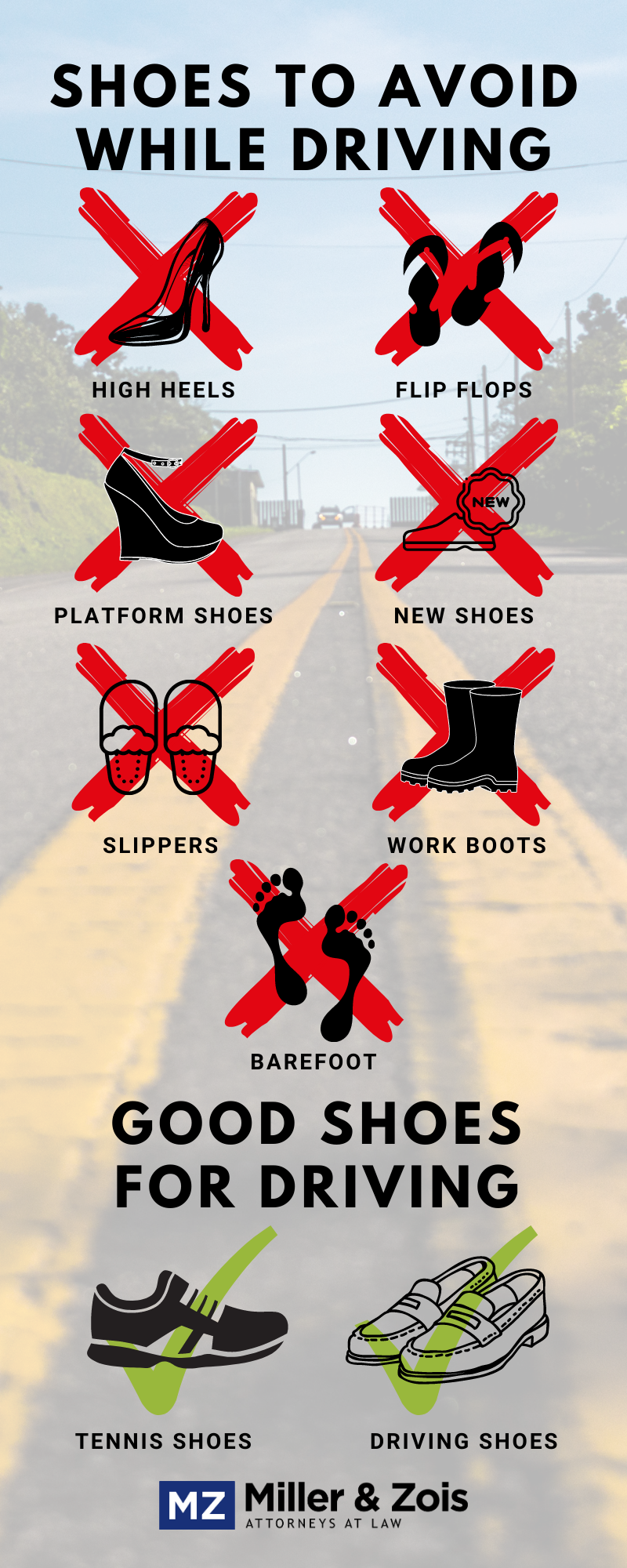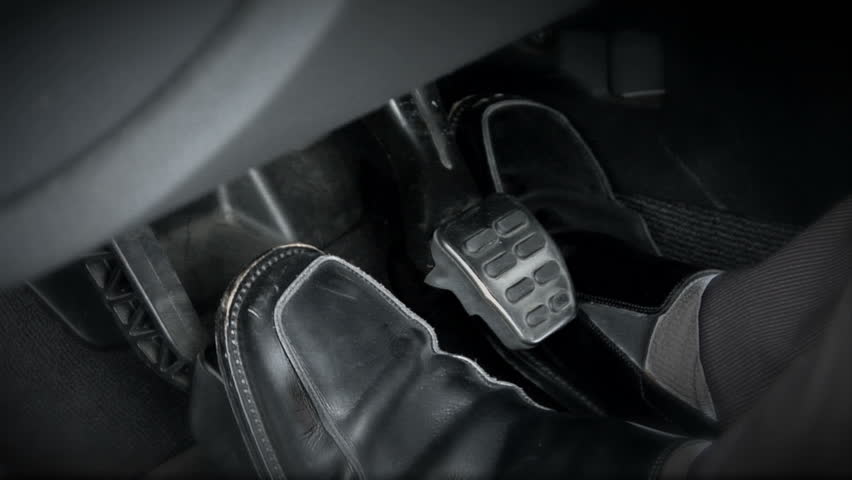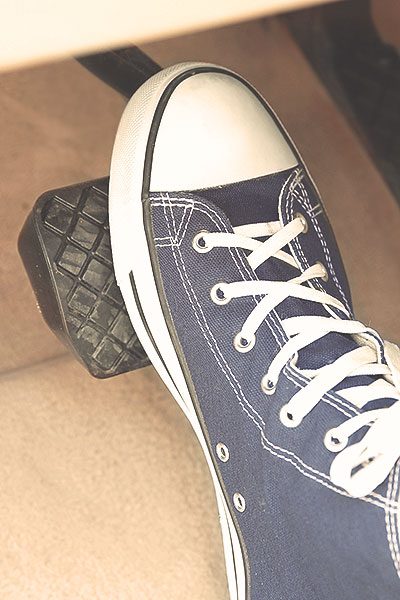Driving is an everyday activity for many Americans, but a common question arises: do you need to wear shoes while driving? While this may seem trivial, various factors come into play, including legality, safety, comfort, and personal preference. In this article, we will dive deep into the intricacies surrounding this topic, providing you with a comprehensive understanding of whether you should lace up before hitting the road.
Understanding the Legal Aspects of Driving Without Shoes
Before diving into personal opinions and experiences, it’s crucial to understand the legal framework concerning driving without shoes. As it turns out, the laws regarding footwear while driving vary widely between states.
State-by-State Regulations
Most states in the USA do not have specific laws prohibiting driving barefoot; however, some states advise against it based on safety concerns. Here’s a brief overview of a few states and their policies:

| State | Legal Status | Notes |
|---|---|---|
| California | No law against it | Driving barefoot is legal, but not recommended. |
| Florida | No law against it | However, it’s advised to wear shoes for safety. |
| Texas | No law against it | Most driving instructors recommend wearing shoes. |
| New York | No law against it | General safety advice suggests using footwear. |
In general, while driving barefoot is not illegal, it is essential to ensure that your footwear (or lack thereof) does not impede your ability to operate a vehicle safely. The National Highway Traffic Safety Administration (NHTSA) emphasizes that footwear should not interfere with pedal control.
The Safety Debate: Is It Safe to Drive Without Shoes?
The primary concern surrounding driving without shoes is safety. Let’s break down the pros and cons:

Pros of Driving Without Shoes
- Comfort: For some, driving barefoot can feel more comfortable and natural.
- Better Pedal Feel: Some drivers claim that they can feel the pedals better without shoes.

Cons of Driving Without Shoes
- Slipping Hazard: Without proper grip, your feet may slip off the pedals.
- Injury Risk: In the event of an accident, your feet may be more susceptible to injury.
- Distractions: Being barefoot might feel odd and distract you while driving.

Cultural Perspectives on Driving Footwear
Driving habits can vary significantly depending on cultural backgrounds and local practices. In many warm states, such as Florida and California, it’s common to see drivers going barefoot, especially during the summer months. Residents in these areas often cite comfort and the laid-back lifestyle as reasons for this choice.

Local Experiences: Driving Barefoot
Many drivers across the USA share their personal experiences regarding driving barefoot. For instance, Jane from Miami says, “I often drive to the beach without shoes. It feels liberating!” Conversely, Mike from New York adds, “I never thought about driving without shoes until a summer road trip; it was surprisingly uncomfortable.” These anecdotes highlight diverse perspectives on the topic.

Alternatives to Barefoot Driving: Which Footwear is Best?
If you decide not to go barefoot, it’s essential to choose the right footwear for driving. Let’s explore some suitable options.

Footwear Options for Driving
| Footwear Type | Pros | Cons |
|---|---|---|
| Flip-Flops | Lightweight, easy to wear | Can slip off easily |
| Sneakers | Good grip, comfortable | Can be bulky |
| Sandals | Breathable, stylish | Less grip than closed shoes |
| Driving Shoes | Designed for driving, great grip | Can be pricey |
Best Practices for Choosing Driving Footwear
- Choose Non-Slip Shoes: Ensure your shoes have a good grip to prevent slipping.
- Avoid High Heels: High heels can hinder your ability to control the pedals effectively.
- Prioritize Comfort: Wear shoes that feel comfortable for extended driving.
Regional Driving Habits: A Closer Look
In addition to personal preferences, regional factors also play a role in driving habits. For example, in the Southern states, it’s common to see a more relaxed attitude towards driving barefoot compared to the Northern states, where footwear is often considered essential, especially during colder months.
Case Studies: Driving Habits Across the USA
- California: Known for its beach culture, driving barefoot is quite popular. Many locals associate it with freedom and relaxation.
- New York: With its fast-paced lifestyle, most New Yorkers prefer shoes, especially considering the urban environment and potential hazards.
- Texas: In Texas, while many people enjoy driving without shoes during summer, the general recommendation is to wear some form of footwear for safety.
Conclusions and Recommendations
Ultimately, the decision to wear shoes while driving comes down to personal preference and safety. While many Americans enjoy the freedom of driving barefoot, others prioritize the security and control offered by proper footwear. Remember to always assess your comfort, safety, and local driving laws before making a decision.
Frequently Asked Questions (FAQs)
1. Is it illegal to drive without shoes in the USA?
No, most states do not have laws against driving barefoot. However, it is advisable to wear shoes for safety.
2. What type of shoes are best for driving?
Sneakers or driving shoes are often recommended because they provide good grip and comfort without being too bulky.
3. Can driving barefoot lead to accidents?
While not directly causing accidents, driving barefoot can increase the risk of losing control over the pedals due to slipping.
4. Are there specific driving laws regarding footwear?
There are no federal laws; it varies by state. Always check your local regulations.
5. What are the advantages of driving with shoes?
Wearing shoes can enhance control over the vehicle, protect your feet from injury, and reduce distractions.
Additional Resources
For more detailed information about driving regulations and safety, you might find these resources helpful:
- National Highway Traffic Safety Administration (NHTSA)
- American Automobile Association (AAA)
- Insurance Institute for Highway Safety (IIHS)
In conclusion, whether you choose to wear shoes while driving or not, prioritize safety, comfort, and adherence to local regulations for a better driving experience.